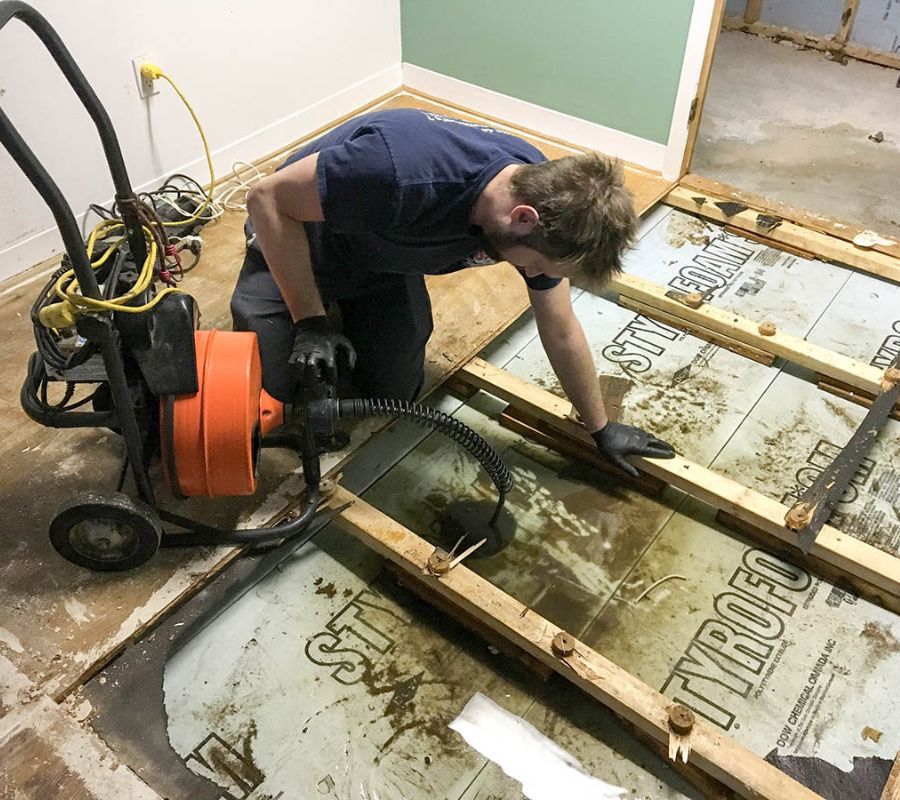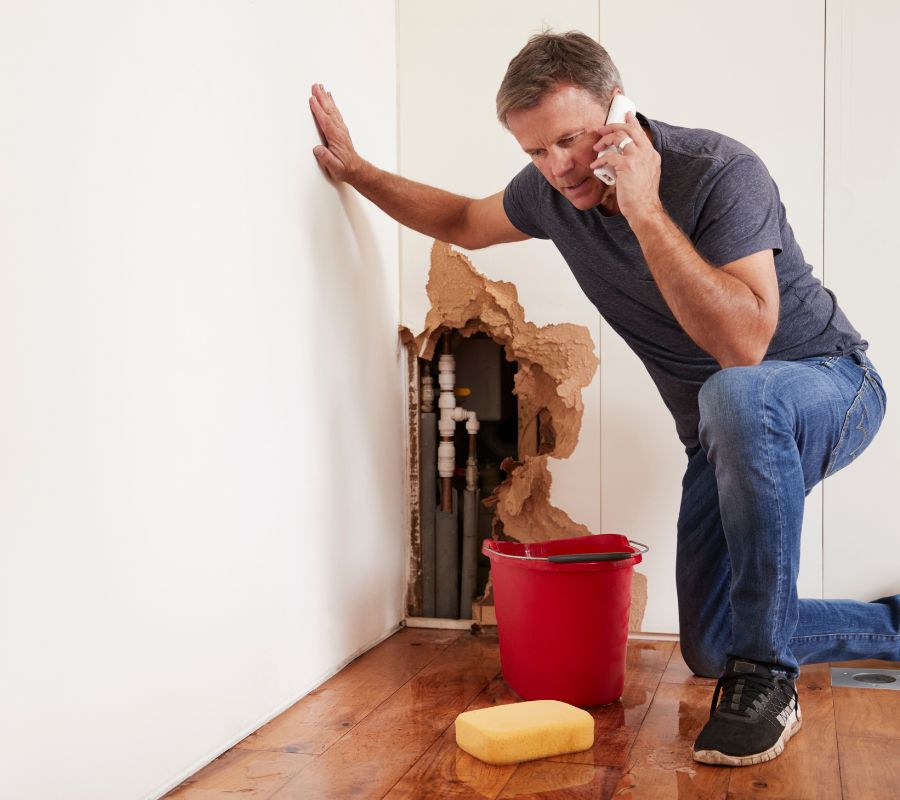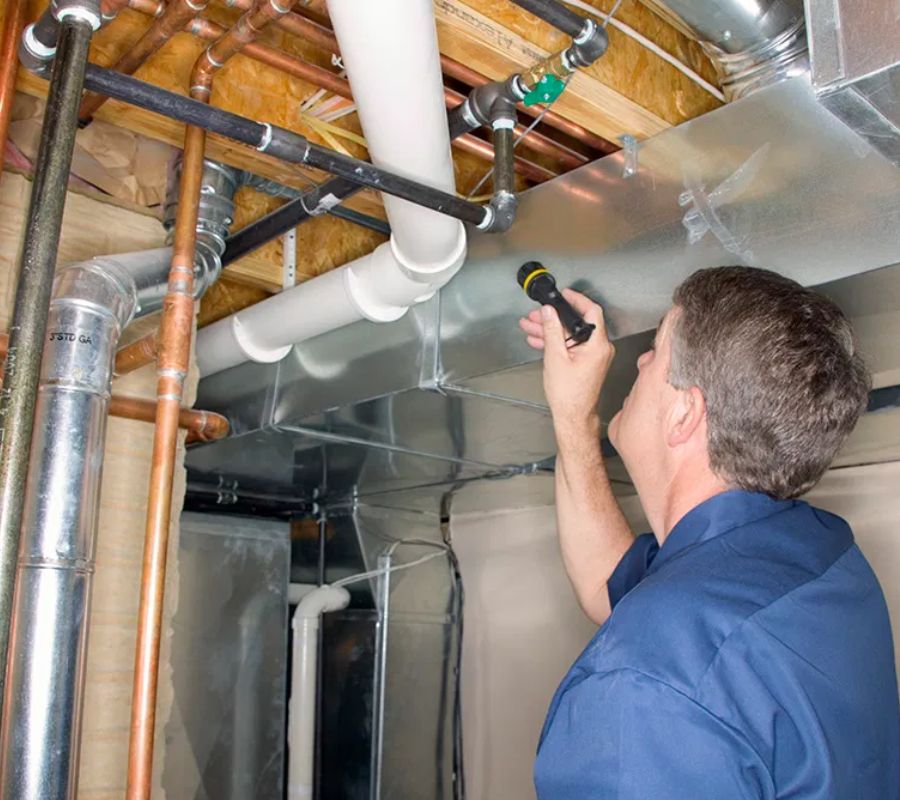Expert Water Damage Restoration Services
24/7 Emergency Water Restoration Services
When water damage strikes, every second counts. SS Water Restoration provides 24/7 emergency response, offering fast water extraction, drying, and repairs to restore your property efficiently.

Description of the Service

Water damage can happen suddenly from burst pipes, storms, or plumbing failures. It can cause structural damage, mold growth, and costly repairs if not handled immediately. At SS Water Restoration, we provide comprehensive water damage restoration services, ensuring your property is dried, cleaned, and restored to pre-damage condition. Our IICRC-certified team uses advanced techniques and equipment to extract water, prevent mold, and repair affected areas. We also assist with insurance claims, making the process stress-free for homeowners and businesses.
Water Damage Restoration Services
Water damage can be devastating, impacting both residential and commercial properties. Whether caused by flooding, burst pipes, or leaks, water intrusion requires immediate attention to prevent further structural deterioration, mold growth, and costly repairs. Our professional water damage restoration services provide a comprehensive solution to mitigate damage, restore affected areas, and protect your property from long-term issues. From emergency water extraction to structural repairs, we employ industry-leading techniques and equipment to restore your home or business to its pre-damaged condition.

Water Extraction
The first and most critical step in water damage restoration is removing standing water as quickly as possible. Excess water can seep into flooring, drywall, and foundations, leading to warping, swelling, and severe structural issues. Our team utilizes high-powered pumps and vacuums to extract large volumes of water efficiently. We use specialized wet vacuums for smaller areas that can access tight spaces to remove water effectively.
Beyond removing visible water, we also address moisture that may have been absorbed into carpets, wood, and insulation. Our advanced extraction methods prevent further water infiltration, reducing the risk of secondary damage such as mold formation or structural weakening. The faster water is removed, the better the chances of a successful and cost-effective restoration.

Structural Drying
Once the standing water is extracted, the next phase is drying the structure. Even after visible water is gone, moisture can linger deep within walls, floors, and ceilings, creating an ideal mold growth and rot environment. We deploy industrial-grade dehumidifiers, air movers, and high-powered fans to accelerate drying.
Infrared moisture detectors allow us to identify hidden damp spots not visible to the naked eye. We target these areas specifically to ensure complete dryness before moving forward with repairs. Proper drying prevents mold infestations and preserves the integrity of your home or business, reducing the likelihood of wood rot, warping, or compromised drywall.

Structural Repairs
Water damage can compromise a building’s structural integrity, causing drywall to swell, wooden support beams to weaken, and flooring to deteriorate. If left unaddressed, these issues can result in costly repairs or even pose safety risks. Our experienced team specializes in restoring damaged areas, reinforcing structures, and ensuring your home or business is stable and secure.
We repair and replace drywall, trim, and flooring for minor damage, ensuring a seamless match to the existing structure. In more severe cases, we handle major reconstruction, including framing, subfloor replacements, and structural reinforcements. We aim to restore your space to its original condition—or even better.
Odor Removal
Water damage does not just leave behind visible destruction—it also creates lingering odors that can make a home or business feel unclean and unwelcoming. Musty, damp smells often result from trapped moisture, mold growth, and bacterial buildup. These odors can be persistent, even after visible water damage has been addressed. Our odor removal specialists use advanced air purification methods, deep cleaning techniques, and industrial-grade deodorizers to eliminate these smells at the source.

Sewage Backup Cleanup
Sewage backups are one of the most hazardous forms of water damage, exposing homes and businesses to harmful bacteria, viruses, and toxins. Blackwater from sewage contains contaminants that pose serious health risks if not handled properly. Our expert team provides comprehensive sewage cleanup services, ensuring that affected areas are thoroughly disinfected and restored to a sanitary condition.
We begin by safely removing all contaminated water using industrial-grade extraction equipment. Next, we use hospital-grade disinfectants and antimicrobial treatments to eliminate harmful bacteria, preventing the spread of disease. Porous materials, such as carpets and drywall, may require removal if they have absorbed sewage water. After cleaning, we use air movers and dehumidifiers to dry the space completely, ensuring no moisture remains to cause further damage or odors. We aim to restore hygiene and safety, giving you peace of mind.

Burst Pipe Cleanup
A burst pipe can unleash gallons of water into your home or business within minutes, leading to severe flooding and potential structural damage. Immediate action is crucial to minimize the impact and prevent further issues like mold growth and foundation weakening. Our team responds swiftly to extract standing water, dry affected surfaces, and repair damaged plumbing.
Once we arrive, we assess the extent of the damage and use high-powered pumps and vacuums to remove excess water. Industrial fans and dehumidifiers accelerate drying, ensuring no moisture remains trapped in walls or flooring. We also inspect for any structural concerns caused by prolonged water exposure. If needed, we coordinate necessary plumbing repairs to prevent future bursts. By acting quickly, we help homeowners and businesses reduce damage, lower repair costs, and restore normalcy as soon as possible.

Insurance Assistance & More
Filing an insurance claim for water damage can be overwhelming, especially during a stressful situation. Our team simplifies the process by working directly with insurance companies on your behalf. We thoroughly document all damage, including photographs and detailed reports, to ensure accurate claims and maximum coverage.
Our experts communicate with adjusters to ensure no detail is overlooked, expediting the claims process and preventing unnecessary delays.

Prevention Recommendations
Preventing water damage is just as important as restoring it. Our prevention recommendations help homeowners and businesses proactively avoid costly disasters. We offer expert guidance on leak detection, proper plumbing maintenance, and waterproofing solutions.
Key prevention strategies include:
● Regularly inspect plumbing systems, roofs, and appliances to catch leaks early.
● Installing sump pumps and drainage systems to prevent basement flooding.
● Seal foundation cracks and apply waterproof coatings to exterior walls.
Why We Are the Best Water Damage Restoration Company
In our water mitigation company in Aubrey, TX, we employ cutting-edge tools and equipment to effectively address water damage. Our collection of advanced tools ensures a thorough and rapid restoration process to safeguard your property from further harm.

Reliability
We are available 24/7 and respond quickly to emergencies, ensuring immediate action to minimize damage and prevent long-term problems.

Quality of Work
Our industry-certified experts follow industry best practices, using advanced equipment and techniques to restore properties efficiently and effectively.

Customer Satisfaction
We prioritize clear communication, professional service, and seamless restoration, ensuring our customers feel supported every step of the way.

Rapid Response and Availability
We offer a fast emergency response, with teams ready to act within minutes to protect your property and belongings.

Industry Recognition (IICRC)
We are certified by the Institute of Inspection, Cleaning, and Restoration Certification (IICRC), ensuring our services meet the highest industry standards.
FAQs of This Service
How soon should I act after water damage?
Immediately. The sooner you call, the better. Delayed response can lead to mold growth and further damage.
Will my insurance cover water damage restoration?
Most policies cover sudden water damage but not neglect-related issues. We help navigate claims and ensure proper coverage.
How long does the restoration process take?
It depends on the damage, but typically, it takes 24-72 hours for drying and up to a week for repairs to ensure everything is handled correctly.
Can I stay at home during restoration?
It depends on the severity of the damage. Minor cases may allow you to stay, but severe flooding may require temporary relocation.
Restoring What Matters Most, With Precision & Care
Need Emergency Assistance?
Water damage can’t wait. Call SS Water Restoration now for 24/7 emergency service. Our expert team is ready to extract water, dry your space, and restore your property quickly. Don’t let water damage get worse—contact us today!
Our Water Damage Restoration Services Areas
